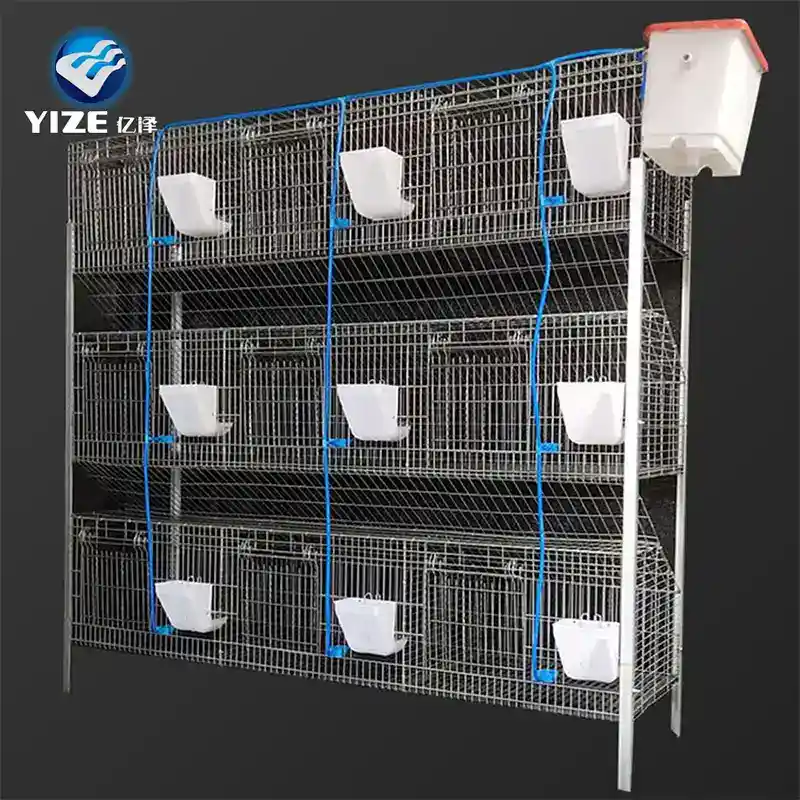automatic slaughter line
Dec . 10, 2024 08:26 Back to list
automatic slaughter line
The Evolution and Impact of Automatic Slaughter Lines
In recent years, the meat processing industry has undergone significant transformations driven by advancements in technology. One of the most profound developments is the introduction of automatic slaughter lines, which have revolutionized the way animals are processed for meat production. This article explores the evolution, benefits, concerns, and the future of automatic slaughter lines within the meat industry.
Understanding Automatic Slaughter Lines
Automatic slaughter lines consist of advanced machinery and technology designed to streamline and automate the slaughtering process. These lines typically involve systems that handle everything from the initial animal handling to the final packaging of meat products. They are engineered to increase efficiency, reduce labor costs, and enhance meat quality while maintaining rigorous hygiene standards.
Historical Context
The concept of automating slaughtering processes is not new. Industrialization in the 19th and 20th centuries led to the mechanization of various agricultural practices. However, it was only in the late 20th century that the meat processing industry began to fully embrace automation. Initial systems were rudimentary, focusing mainly on improving the speed and efficiency of meat processing. Over the decades, advancements in robotics, artificial intelligence, and sensor technologies have propelled the development of sophisticated automatic slaughter lines.
Benefits of Automatic Slaughter Lines
1. Increased Efficiency One of the primary advantages of automatic slaughter lines is their ability to process large quantities of animals swiftly. This increase in throughput allows meat producers to meet rising global demand while streamlining operations.
2. Consistent Quality Automation minimizes human error, ensuring that each step of the slaughtering process is performed uniformly. This consistency contributes to a higher quality of meat, which is critical for consumer satisfaction and safety.
3. Improved Animal Welfare Innovations in automatic slaughter lines have led to better handling of animals during the slaughter process. With automated systems, animals can be guided more gently and efficiently, reducing stress and improving overall welfare.
automatic slaughter line

4. Enhanced Safety Automated systems can mitigate some of the risks associated with manual processing. These lines are designed to operate with minimal human intervention, which reduces the likelihood of workplace injuries related to heavy lifting and machinery operation.
Concerns and Controversies
Despite the numerous benefits, automatic slaughter lines also raise several ethical and environmental concerns. Critics argue that the mechanization of the slaughtering process detaches workers from the humane treatment of animals. There is a fear that increased automation may lead to a lack of oversight, potentially resulting in inhumane practices.
Moreover, the environmental impact of large-scale meat production is a pressing issue. Automatic slaughter lines contribute to high levels of meat production, which exacerbates concerns about greenhouse gas emissions, deforestation, and water usage associated with livestock farming. The meat industry is under growing pressure to adopt more sustainable practices, and automatic slaughter lines must be part of a broader solution that addresses these environmental challenges.
The Future of Automatic Slaughter Lines
As technology continues to advance, the future of automatic slaughter lines will likely see even more integration of digital technologies. Innovations such as blockchain for supply chain transparency, advanced AI for predictive maintenance, and enhanced robotics for improved animal handling will further optimize slaughter operations.
In addition, consumer demand for ethically sourced and sustainably produced meat is influencing the development of automatic slaughter lines. Companies might need to adapt their processes to align with these values, focusing on sustainability and animal welfare while maintaining efficiency.
Conclusion
Automatic slaughter lines represent a significant milestone in the evolution of the meat processing industry. They offer substantial advantages in efficiency and quality, while also presenting ethical and environmental challenges. Moving forward, it is imperative for the industry to find a balance between technological advancement and responsible practices. By doing so, the meat processing sector can contribute to a more sustainable future while continuing to meet global demand for meat products. Ultimately, the way we approach automation in slaughtering will reflect our values as a society, and it is essential to engage in continuous dialogue about the future of food production.
-
High Performance Exhaust Fan – Efficient Ventilation Solutions for Home
NewsJun.10,2025
-
High-Quality Gestation Pen for Sows Durable Mobile Pig Pen & Simple Pig Pen Solutions
NewsJun.10,2025
-
High Quality Rabbit Cage Double Tier Designs & Welded Wire Mesh Supplier
NewsJun.10,2025
-
Floating Fish Feed Machine - High Efficiency Floating Fish Feed Extruder for Small Scale Production
NewsJun.10,2025
-
Premium Poultry Housing Solutions Mobile & Commercial Free Range Options
NewsJun.10,2025
-
Industrial FRP Fans Corrosion-Resistant Blades & Centrifugal Systems
NewsJun.09,2025






